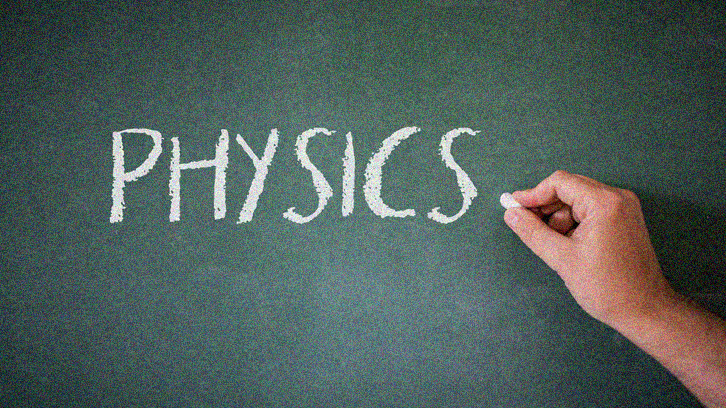Dual electrodynamics in spin-ice systems

"Magnetic charges do not exist in nature in the form of elementary particles (free and in a vacuum)". This is one of most deeply rooted dogmas of physics. Several research groups have tried, unsuccessfully, to prove it wrong by publishing papers about the need for the existence of the magnetic charge in order for the "quantization" of the electric charge to be a reality, monopoles’ properties and their consequences on the Electrodynamics. However, in this study, the two thermodynamic phase transitions of “spin-ice”, compounds that mimic the magnetic charges properties, have been analyzed. In the second phase, the formation of free magnetic charges constituting a magnetic plasma has been observed.
One of the "dogmas" of physics that most endure as incontrovertible truth, despite the tenacity in trying to prove that it is false on the part of illustrious groups and scientists is that which states that the flow of the magnetic induction B through a closed surface is null. This can be translated concluding that monopoles or magnetic charges do not exist in nature in the form of elementary particles. And this is so, for now, although in the distant times of 1931, P.A.M. Dirac published a pristine and seminal article [1] in which he came to say that for the "quantization" of the electric charge to be a reality the existence of the magnetic charge was necessary. After this year, many papers have been published concerning this research, as well as the properties of these monopoles and their consequences on the so-called dual Electrodynamics. However, it seems that up to now the empirical detection for such charges in free elementary particles and in a vacuum has been unsuccessful.
However, inside some materials, so-called "spin-ices", which are composed of any lanthanide, together with titanium and oxygen, in a ratio of 2-2-7 per molecule, with a crystalline structure of the pyrochlore type and at a temperature between 0.07 and 1.00 kelvin, entities called quasiparticles, which are excited states resulting from changes in their global magnetic structures, mimic the properties that the magnetic charges or monopoles should have [2,3]. F.I. López Bara and F. López Aguilar [4], analyzed the two thermodynamic phase transitions of these compounds. The first of them between 0.10 and 0.20 kelvins transits the global system from a ground state with zero magnetization to a Bose condensate whose individual components are magnetic dipoles that form at these temperatures. This analysis is presented in the article "Two fluid model in low energy excited states within the spin-ice systems". In it, the conditions that must be fulfilled for the Bose condensate to become a BEC (Bose-Einstein condensate) are given explicitly and analytically. In a second order phase transition, the dipoles are broken and free magnetic charges are formed which constitute a magnetic plasma. The transition temperature to this magnetic plasma can vary between 0.6 and 1.0 kelvin in natural spin-ices compounds. Both the analysis of the two phases and their transitions are analyzed by thermodynamic potentials and from which the specific heats and entropy are provided analytically; the saturation entropy values (NKln2) are obtained at the limit of the plasma phase and the residual of Pauling [0.5NKln (1.5)] in the BEC state at T<0.07 kelvin. The study of dual Electrodynamics in this plasma may lead to the possible construction of "magnetron" devices in dual resemblance to electronic devices.
Dr. Fernando López Aguilar
Department of Physics
Universitat Autònoma de Barcelona
Universitat Autònoma de Barcelona
References
Bibliographic references
[1] Dirac, P. A. M. (1931). Quantized Singularities in the Electromagnetic Field. Proc. Roy, Soc., Vol. A133, 60.
[2] Castelnovo, C., R. Moessner, and S. L. Sondhi, (2008). Magnetic monopoles in spin ice. Nature, Vol. 451, 42-45.
[3] Bramwell, S. T., S. R. Giblin, S. Calder, R. Aldus, D. Prabhakaran, and T. Fennell, (2009). Measurement of the charge and current of magnetic monopoles in spin ice. Nature, Vol. 461, 956-960, 2009.
Reference Article
[4] López-Bara F.I., and F. López-Aguilar (2018). Two fluid model in low energy excited states within spin-ice systems. Scientific Reports, 6303(8). DOI: 10.1038/s41598-018-34529-x.
[1] Dirac, P. A. M. (1931). Quantized Singularities in the Electromagnetic Field. Proc. Roy, Soc., Vol. A133, 60.
[2] Castelnovo, C., R. Moessner, and S. L. Sondhi, (2008). Magnetic monopoles in spin ice. Nature, Vol. 451, 42-45.
[3] Bramwell, S. T., S. R. Giblin, S. Calder, R. Aldus, D. Prabhakaran, and T. Fennell, (2009). Measurement of the charge and current of magnetic monopoles in spin ice. Nature, Vol. 461, 956-960, 2009.
Reference Article
[4] López-Bara F.I., and F. López-Aguilar (2018). Two fluid model in low energy excited states within spin-ice systems. Scientific Reports, 6303(8). DOI: 10.1038/s41598-018-34529-x.


